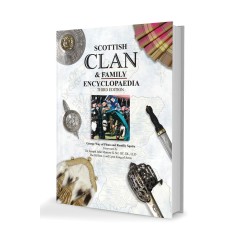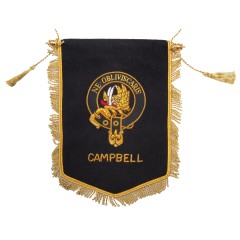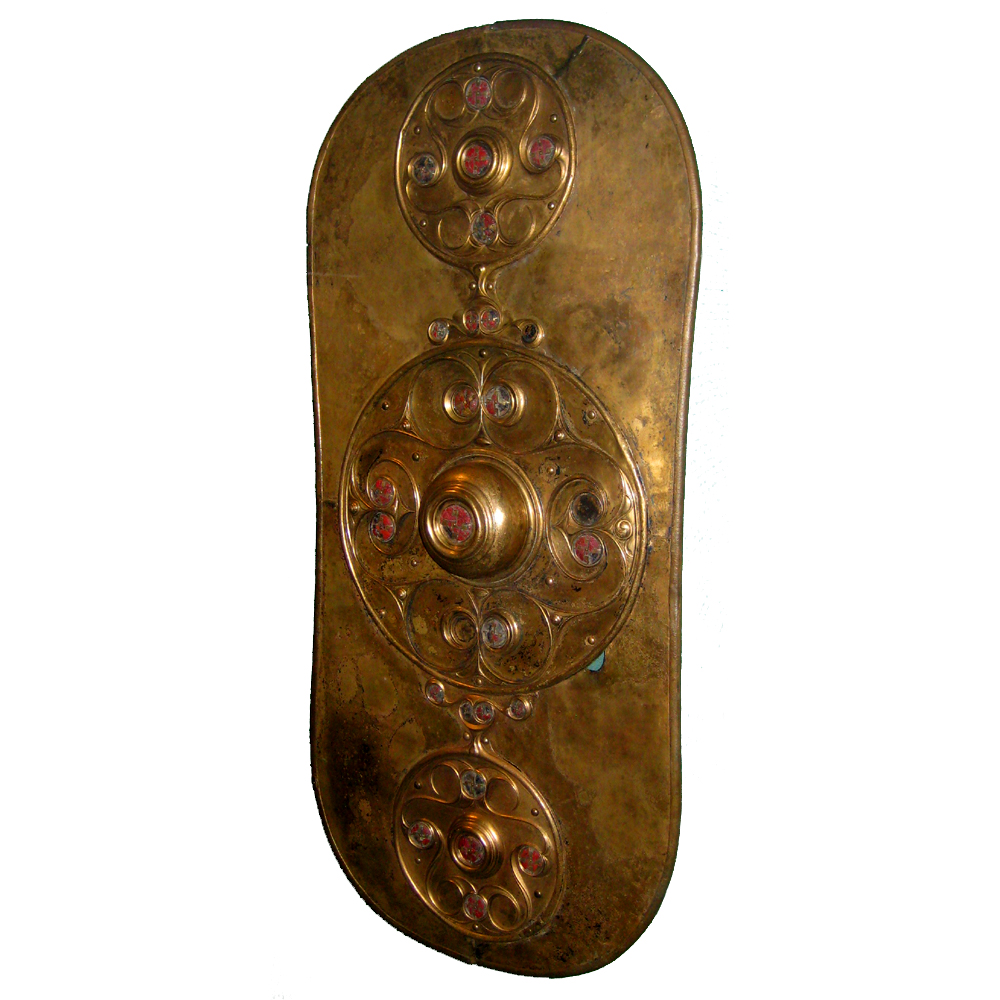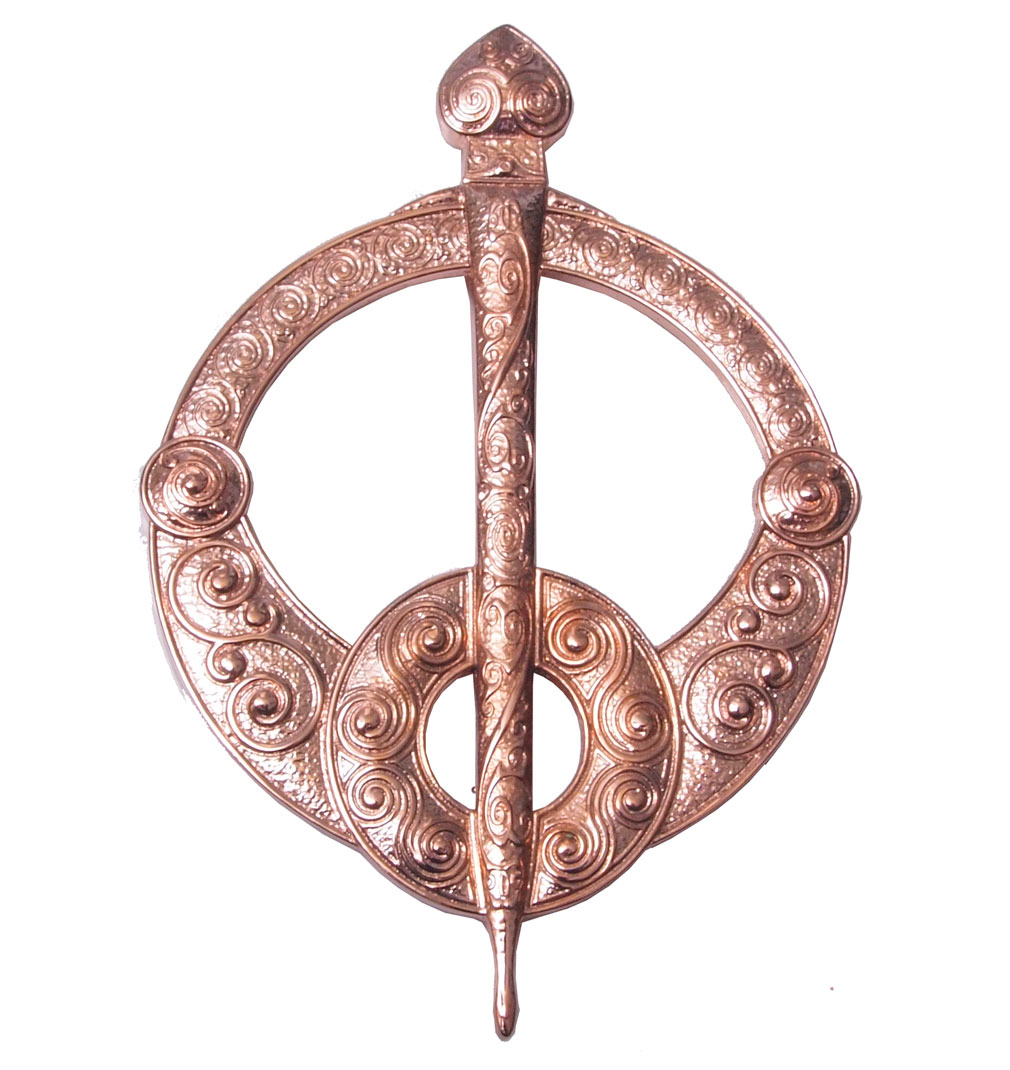-
Kilts
- Jackets
-
Sporrans
Dress Sporrans are the most formal and eye-catching type of civilian sporra..The trusty 'all-rounder': not as informal as the Day Sporran, not as formal..The Day Sporran is a trusty, durable everyday accessory for your Highlandwe..Here you'll find quality sporran accessories and spares. Spruce up your out..
-
Women
Whether you’re heading out for a brisk evening walk or attending a sophist..Crafted with meticulous attention to detail, our waistcoat will feature yo..St Kilda’s Tweed blazers and waistcoats are meticulously handcrafted in Sc..Looking for a practical bag that also celebrates your Scottish heritage? S..
-
Accessories
Here you will find buttons and swatches. We recommend swatches as the best..Here you will find the essential Hangers, Bags and Carriers for storing and..
-
Gifts
Celtic artists from Scotland and Ireland have left a legacy which has endu..
- Clan
-
Clearance
No waiting - all these hand-made sporrans are made up and ready to go. All ..
The Battersea Shield
The term ‘Celtic’ is best thought of as a language and artistic group, which spread across northern Europe in ancient times, and now primarily represented by the ‘Celtic Nations’ whose languages divide between the Welsh-led group and the Gaelic-led group.
Looking to the earlier end of what can be described as Celtic, an iconic piece of ancient Celtic art is the Battersea Shield, which was discovered from the bottom of the River Thames in 1857, alongside a number of other ancient weapons, artifacts and even skeletons. It is assumed to have been thrown into the river as a votive offering for the Gods, presumably after one local tribe had roundly done-in another.
What survives of the shield, now in the British Museum, is the sheet-bronze facing cover for a wooden shield, dating to sometime between 350BC and 50 BC (although assumed to be in the later part of this very long range). It is made of seven bronze panels fastened together by rivets, three of which form the swirling decorative panels. Within these three panels, pieces of red enamel glass were used to embellish the decoration. It is thought the spinning decoration and shiny materials are meant to evoke the power of the sun. The distinct spiral pattern motif is taken by Art Historians to be part of what is known as the ‘La Tène’ culture, which centred on the Celtic Gaulish people in what is now France, but whose influence spread across much of Northern Europe.
The shield directly inspired Eilidh in our design team to create one of our most popular plaid brooches, which incorporates these wonderful swirling motifs, as part of our large penannular plaid brooch range.







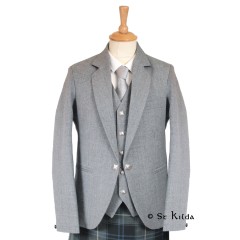













-240x240w.jpg)
















